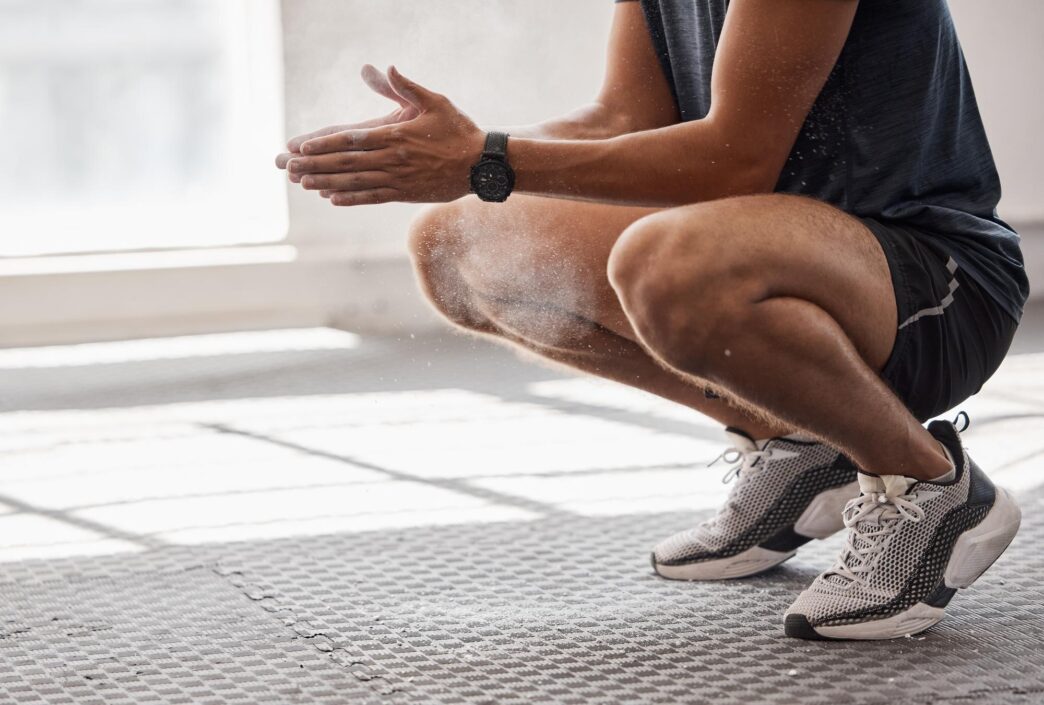A Quick Takeaway
The Story Behind the Trend
How to Make It Work for You
The Community View
For individuals experiencing knee pain, engaging in targeted, evidence-based exercises is a cornerstone strategy for not only alleviating discomfort but also for proactively rebuilding joint strength and stability. This approach empowers anyone, regardless of age or fitness level, to address the root causes of their pain by strengthening the muscles surrounding the knee, improving flexibility, and enhancing overall joint function, ultimately leading to sustainable relief and improved quality of life.
Understanding Knee Pain
Knee pain is a common ailment that can stem from various sources, including overuse, injury, arthritis, or muscle imbalances. The knee joint, a complex structure of bones, cartilage, ligaments, and tendons, relies heavily on the strength and coordination of surrounding muscles for support and stability. When these muscles are weak or imbalanced, the knee joint can experience undue stress, leading to pain and potential damage.
Common conditions associated with knee pain include osteoarthritis, patellofemoral pain syndrome (runner’s knee), meniscal tears, and ligament sprains. While the specific diagnosis is important, many forms of chronic knee pain benefit significantly from a structured exercise program. The goal is not just to mask the pain but to create a more resilient and functional joint.
Why Exercise is Key for Knee Pain Relief
Exercise plays a multifaceted role in managing and reducing knee pain. It strengthens the muscles that support the knee, such as the quadriceps, hamstrings, and glutes, which helps absorb shock and reduce direct stress on the joint. Improved muscle strength also enhances joint stability, preventing excessive movement that can lead to pain or further injury.
Furthermore, regular, low-impact exercise can improve circulation to the joint, aiding in nutrient delivery and waste removal, which is crucial for cartilage health. It also helps maintain flexibility and range of motion, preventing stiffness and promoting smoother movement. By addressing muscle weakness and imbalances, exercise helps to correct biomechanical issues that contribute to knee discomfort.
Principles of Safe Knee Exercise
Before embarking on any exercise program for knee pain, it is paramount to consult with a healthcare professional, such as a doctor or physical therapist. They can accurately diagnose the cause of your pain and recommend appropriate exercises tailored to your specific condition and capabilities. Proper form is critical to prevent further injury and maximize benefits.
Start Slowly and Progress Gradually
Begin with low-impact exercises and minimal resistance, focusing on mastering the correct technique. As your strength and comfort improve, you can gradually increase the intensity, duration, or resistance. Pushing too hard too soon can exacerbate pain and delay recovery.
Listen to Your Body
While some discomfort during exercise might be normal, sharp or increasing pain is a sign to stop and reassess. Differentiate between muscle fatigue and joint pain. Never push through pain that feels like it’s coming from the joint itself.
Consistency is Crucial
Regularity is more important than intensity when it comes to rebuilding joint strength. Aim for consistent, moderate sessions several times a week rather than infrequent, strenuous workouts. Long-term consistency yields lasting results.
Effective Exercises for Rebuilding Knee Joint Strength
The following exercises are commonly recommended for strengthening the muscles supporting the knee. Remember to perform them slowly and with controlled movements.
Quadriceps Strengthening
The quadriceps muscles on the front of the thigh are vital for knee stability and movement.
- Quadriceps Sets: Sit or lie with your leg straight. Contract your thigh muscles by pushing the back of your knee into the floor, holding for 5-10 seconds. Relax and repeat 10-15 times.
- Straight Leg Raises: Lie on your back with one knee bent and the foot flat. Keep the other leg straight and slowly lift it about 6-12 inches off the floor, keeping the quad engaged. Hold briefly and lower slowly. Perform 10-15 repetitions per leg.
- Wall Sits: Stand with your back against a wall, feet shoulder-width apart. Slide down until your knees are bent at approximately a 45-degree angle (or less if that’s too much). Hold for 20-60 seconds, then slide back up. Repeat 3-5 times.
Hamstring Strengthening
The hamstrings, located on the back of the thigh, work in conjunction with the quadriceps to stabilize the knee.
- Prone Hamstring Curls: Lie on your stomach. Slowly bend one knee, bringing your heel towards your glutes. Go as far as comfortable, hold briefly, and slowly lower. Repeat 10-15 times per leg.
- Standing Hamstring Curls: Stand holding onto a chair for support. Slowly bend one knee, lifting your heel towards your glutes. Ensure your hips remain stable and do not arch your back. Repeat 10-15 times per leg.
Gluteal Muscle Activation
Strong glutes (buttock muscles) are essential for hip and knee alignment, reducing stress on the knee joint.
- Glute Bridges: Lie on your back with knees bent, feet flat on the floor, hip-width apart. Engage your glutes and lift your hips off the floor until your body forms a straight line from shoulders to knees. Hold for a few seconds and slowly lower. Perform 10-15 repetitions.
- Clamshells: Lie on your side with knees bent at a 45-degree angle and feet stacked. Keeping your feet together, lift your top knee towards the ceiling, engaging your glutes. Avoid rocking your torso. Slowly lower. Perform 10-15 repetitions per side.
Calf Strengthening
Strong calf muscles provide stability to the lower leg and ankle, which impacts knee mechanics.
- Calf Raises: Stand tall, holding onto a support if needed. Slowly lift onto the balls of your feet, raising your heels as high as possible. Hold briefly at the top and slowly lower your heels back down. Perform 15-20 repetitions.
Mobility and Flexibility
Maintaining a good range of motion and flexibility helps prevent stiffness and reduces strain on the knee.
- Heel Slides: Lie on your back with legs extended. Slowly slide one heel towards your glutes, bending your knee as far as comfortable. Use a towel under your heel to assist if needed. Hold briefly and slowly extend the leg back out. Repeat 10-15 times per leg.
- Hamstring Stretch: Lie on your back and loop a towel around the ball of one foot. Gently pull the leg straight up towards the ceiling until you feel a stretch in the back of your thigh. Hold for 20-30 seconds, then release. Repeat 2-3 times per leg.
Sustaining Your Progress
Integrating these exercises into a consistent routine is paramount for long-term knee pain relief and joint health. As your strength improves, you may gradually incorporate more challenging variations or slightly increase resistance, always prioritizing proper form over intensity. Remember that exercise is not a quick fix but a powerful, ongoing tool for building a resilient, pain-free foundation for your knees.








